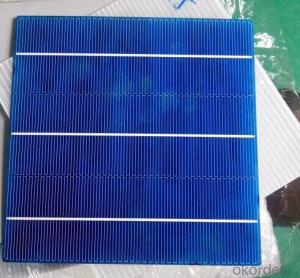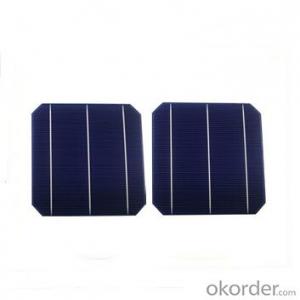Organic Solar Cells
Organic Solar Cells Related Searches
Except For Solar Cells Weegy Problems With Solar Cells High Power Solar Cells Light Trapping In Solar Cells High Performance Solar Cells High Output Solar Cells High Wattage Solar Cells Energy Transfer In Solar Cells High Efficiency Hvac Systems Recombination In Solar CellsHot Searches
Cheap Solar Cells For Sale Flexible Solar Cells For Sale Q Cells Solar Panels For Sale Printed Solar Cells For Sale Bulk Solar Cells For Sale 6x6 Solar Cells For Sale Broken Solar Cells For Sale Cpv Solar Cells For Sale Photoelectric Cells For Sale Price Of Silicon Solar Cells Price Of Solar Cells Over Time Buy Solar Cells From China Cheap Solar Cells China Best Type Of Solar Cells Flexible Solar Cells Price Q Cells Solar Panels Price 3 Types Of Solar Cells Production Of Solar Cells Common Types Of Solar Cells Q Cells Solar Panel PricesOrganic Solar Cells Supplier & Manufacturer from China
Okorder.com is a professional Organic Solar Cells supplier & manufacturer, offers integrated one-stop services including real-time quoting and online cargo tracking. We are funded by CNBM Group, a Fortune 500 enterprise and the largest Organic Solar Cells firm in China.Hot Products
FAQ
- Solar cells perform differently in different geographic locations due to variations in sunlight intensity and duration. Generally, solar cells perform better in regions closer to the equator with higher solar irradiance. However, solar cells can still generate electricity in less sunny locations, although their efficiency may be lower. Factors such as climate, cloud cover, pollution, and shading also impact solar cell performance. Additionally, the angle at which solar panels are installed can optimize energy production in specific geographic locations.
- A thin-film solar cell is a type of solar cell that is made using very thin layers of semiconductor materials. These layers are typically only a few micrometers thick, which makes the solar cell much lighter and more flexible compared to traditional solar cells. Thin-film solar cells are less efficient at converting sunlight into electricity but are more cost-effective and can be used in a wider range of applications.
- Solar cells play a crucial role in powering agricultural irrigation as they convert sunlight into electricity, providing a renewable and sustainable energy source. By harnessing solar power, farmers can operate irrigation systems efficiently, reducing reliance on fossil fuels and minimizing carbon emissions. This enables them to irrigate crops effectively, improving yields and ensuring sustainable agricultural practices.
- Yes, solar cells can be used to power cars. Solar-powered cars utilize photovoltaic technology to convert sunlight into electricity, which is then used to power the vehicle's electric motor. While solar-powered cars are still in the early stages of development and face challenges such as limited energy storage and efficiency, advancements in solar technology hold promise for their future use in powering cars.
- Yes, solar cells can be used to power autonomous vehicles. Solar panels can be installed on the exterior or integrated into the body of the vehicle to capture sunlight and convert it into electricity. This renewable energy source can help supplement the vehicle's power needs, extending its range and reducing its reliance on fossil fuels. Additionally, advancements in solar technology and efficiency are making it more feasible to use solar power as a primary or secondary energy source for autonomous vehicles.
- Yes, solar cells can be used for outdoor lighting. Solar-powered lights utilize solar cells to convert sunlight into electricity which is stored in batteries during the day. This stored energy is then used to power the lights during the night, making them a sustainable and environmentally-friendly option for outdoor lighting.
- Yes, solar cells can be used on spacecraft. In fact, they are extensively used to generate electricity on spacecraft by converting sunlight into electrical energy.
- Yes, solar cells can be used in weather monitoring systems. Solar cells can convert sunlight into electrical energy, which can power various weather monitoring instruments such as sensors, data loggers, and communication devices. This allows for a self-sustaining and environmentally friendly operation of weather monitoring systems, even in remote or off-grid locations. Additionally, solar cells can be integrated into the design of weather stations or buoys, enabling continuous power supply for uninterrupted data collection and transmission.












































